Description
Annual, leaves and flowers used for salads, suitable for freezing.
$1.40 – $32.25
Annual, leaves and flowers used for salads, suitable for freezing.
Seeds/ounce – 2,000
Pkt Weight – 1/16
Annual, leaves and flowers used for salads, suitable for freezing.
| Options | 1 lb, 1 oz, 1/4 lb, 1/4 oz, packet |
|---|
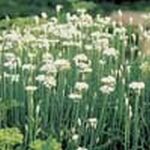
Both leaves and the stalks of the flowers are used as a flavoring in a similar way to chives.
Seeds/ounce – 8,000
Pkt Weight – 1/28
Both leaves and the stalks of the flowers are used as a flavoring in a similar way to chives.
Seeds/ounce – 8,000
Pkt Weight – 1/28
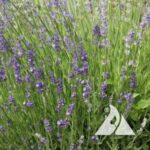
Lavenders flourish best in dry, well-drained, sandy or gravelly soils in full sun.
Seeds/ounce – 26,000
Pkt Weight – 1/128
Lavenders flourish best in dry, well-drained, sandy or gravelly soils in full sun.
Seeds/ounce – 26,000
Pkt Weight – 1/128
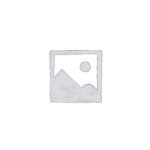
Spearmint, also known as garden mint, common mint, lamb mint and mackerel mint, is a species of mint, Mentha spicata, native to Europe and southern temperate Asia, extending from Ireland in the west to southern China in the east. It is naturalized in many other temperate parts of the world, including northern and southern Africa, North America and South America. It is used as a flavouring in food and herbal teas. The aromatic oil, called oil of spearmint, is also used as a flavouring and sometimes as a scent.
Wikipedia · Text under CC-BY-SA license
Spearmint, also known as garden mint, common mint, lamb mint and mackerel mint, is a species of mint, Mentha spicata, native to Europe and southern temperate Asia, extending from Ireland in the west to southern China in the east. It is naturalized in many other temperate parts of the world, including northern and southern Africa, North America and South America. It is used as a flavouring in food and herbal teas. The aromatic oil, called oil of spearmint, is also used as a flavouring and sometimes as a scent.
Wikipedia · Text under CC-BY-SA license

Tarragon (Artemisia dracunculus), also known as estragon, is a species of perennial herb in the sunflower family. It is widespread in the wild across much of Eurasia and North America, and is cultivated for culinary and medicinal purposes.[3][4][5][6]
From Wikipedia, the free encyclopedia
Approximately 150,000 per ounce Pkt about 800
Tarragon (Artemisia dracunculus), also known as estragon, is a species of perennial herb in the sunflower family. It is widespread in the wild across much of Eurasia and North America, and is cultivated for culinary and medicinal purposes.[3][4][5][6]
From Wikipedia, the free encyclopedia
Approximately 150,000 per ounce Pkt about 800
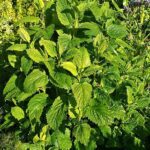
The leaves are used as a herb, in teas and also as a flavouring. The plant is used to attract bees for honey production. It is grown as an ornamental plant and for its oil (to use in perfumery). Lemon balm has been cultivated at least since the 16th century.
Lemon balm seeds require light and a minimum temperature of 20 °C (68 °F) to germinate. The plant grows in clumps and spreads vegetatively (a new plant can grow from a fragment of the parent plant), as well as by seed. In mild temperate zones, the plant stems die off at the start of the winter, but shoot up again in spring. Lemon balm grows vigorously.
The leaves are used as a herb, in teas and also as a flavouring. The plant is used to attract bees for honey production. It is grown as an ornamental plant and for its oil (to use in perfumery). Lemon balm has been cultivated at least since the 16th century.
Lemon balm seeds require light and a minimum temperature of 20 °C (68 °F) to germinate. The plant grows in clumps and spreads vegetatively (a new plant can grow from a fragment of the parent plant), as well as by seed. In mild temperate zones, the plant stems die off at the start of the winter, but shoot up again in spring. Lemon balm grows vigorously.

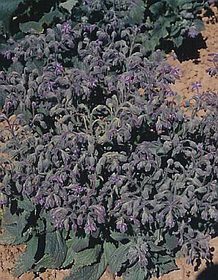


Reviews
There are no reviews yet.